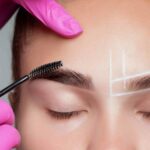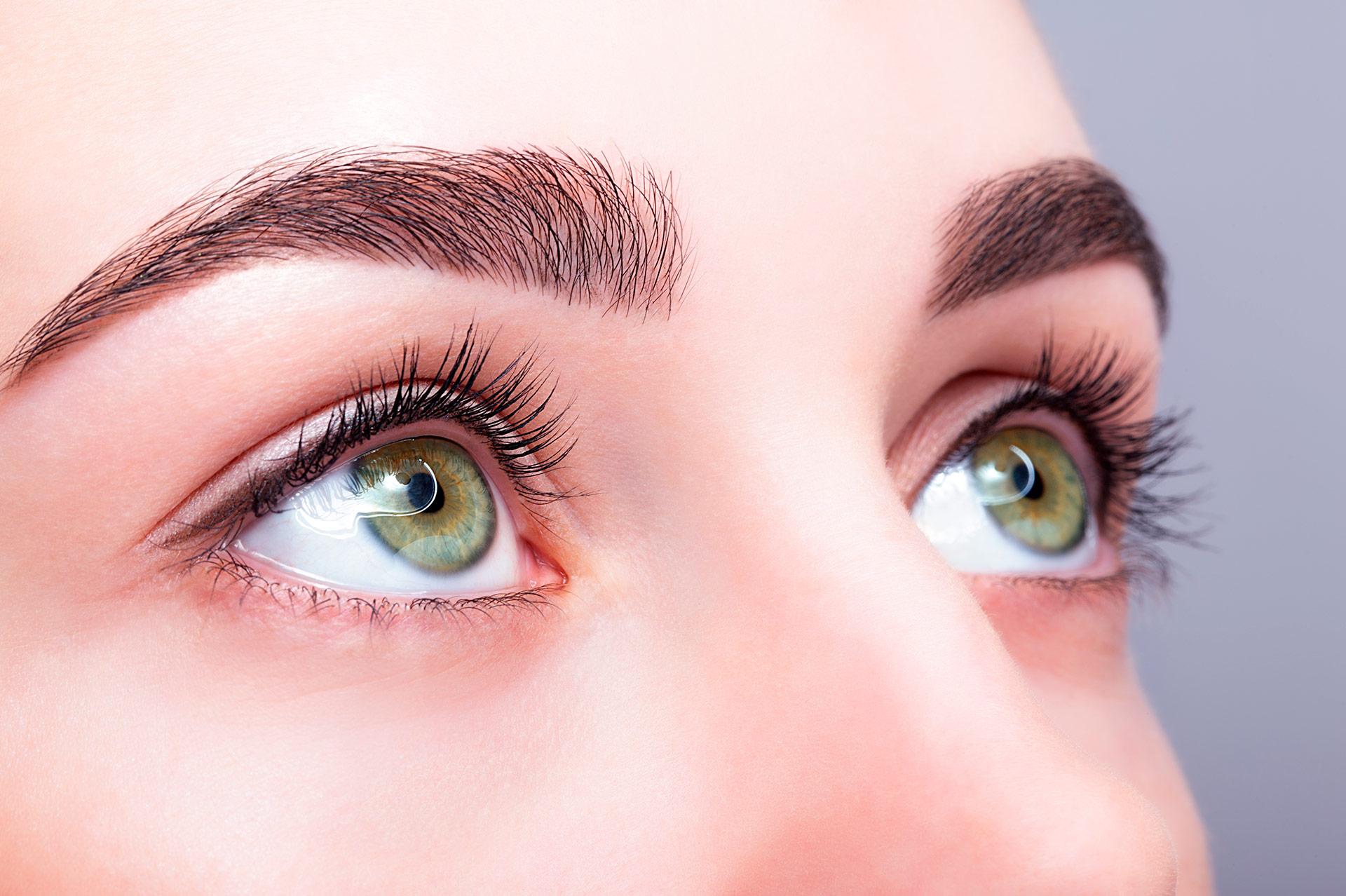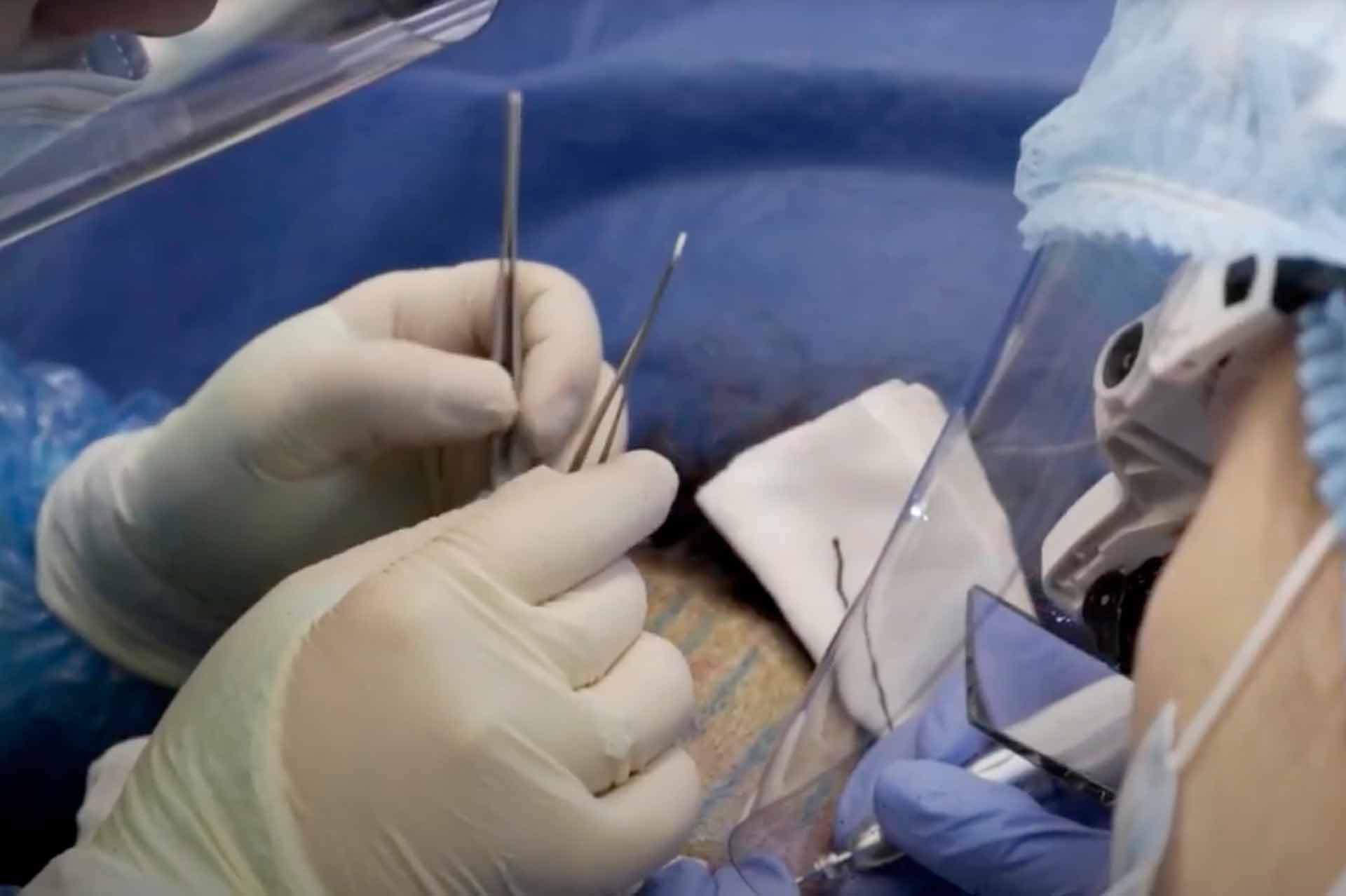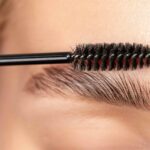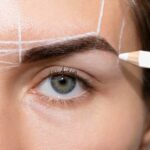¿Cuáles son las causas de la pérdida de cejas?
Un peinado incorrecto es una de las causas principales, pero no siempre es el causante de las calvas en las cejas, ya que hay factores internos que pueden afectar a su forma.
Algunas enfermedades provocan la caída del cabello de las cejas, como la alopecia total, la alopecia universal y la alopecia areata, en las que el cuerpo ataca las unidades foliculares. En algunos casos puede suceder que la caída de pelo de las cejas sea una primera señal de una alopecia fibrosante frontal. En estas situaciones el trasplante no está indicado.
Otras afecciones, como los desequilibrios de la tiroides, también pueden provocar la caída del pelo en varias partes del cuerpo, al igual que la mala alimentación, el estrés o las alopecias cicatriciales.
El envejecimiento también desempeña un papel importante: Al igual que el pelo de la cabeza se vuelve más fino con la edad, el de las cejas también empieza a disminuir. Esto está relacionado con los cambios lentos del ciclo capilar, en el que los cabellos ya no mantienen una fase de crecimiento fuerte, lo que dificulta que vuelvan a crecer por completo.
